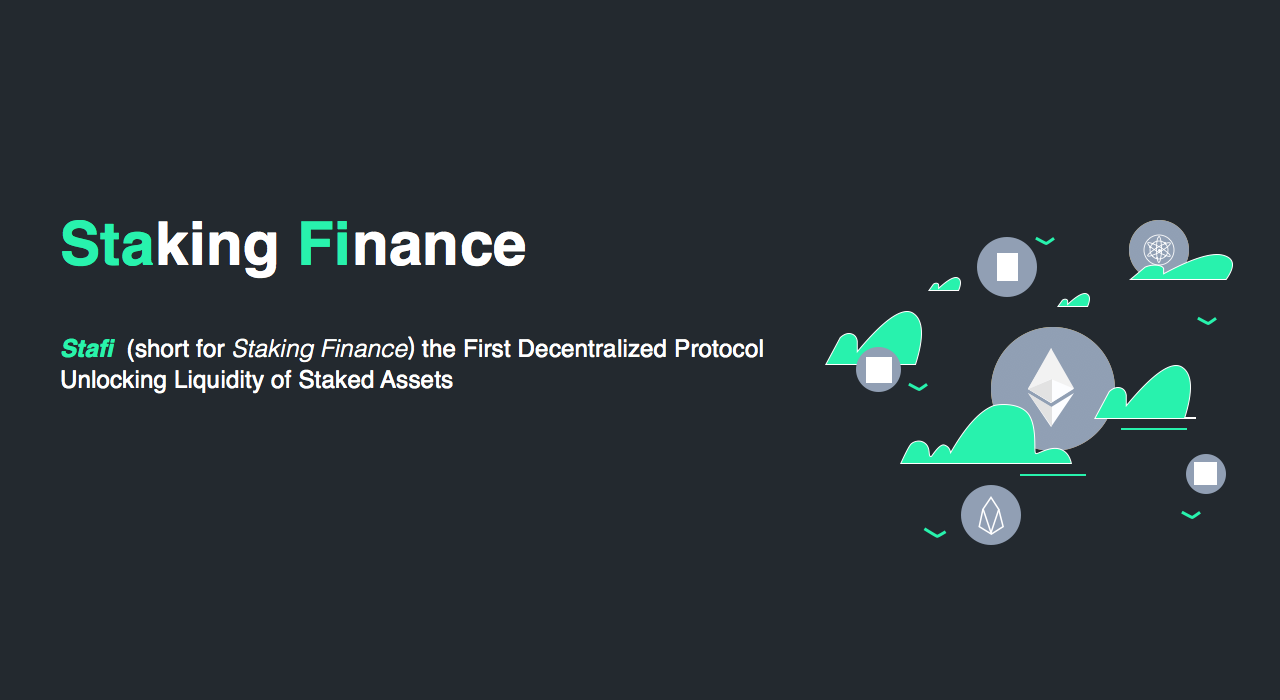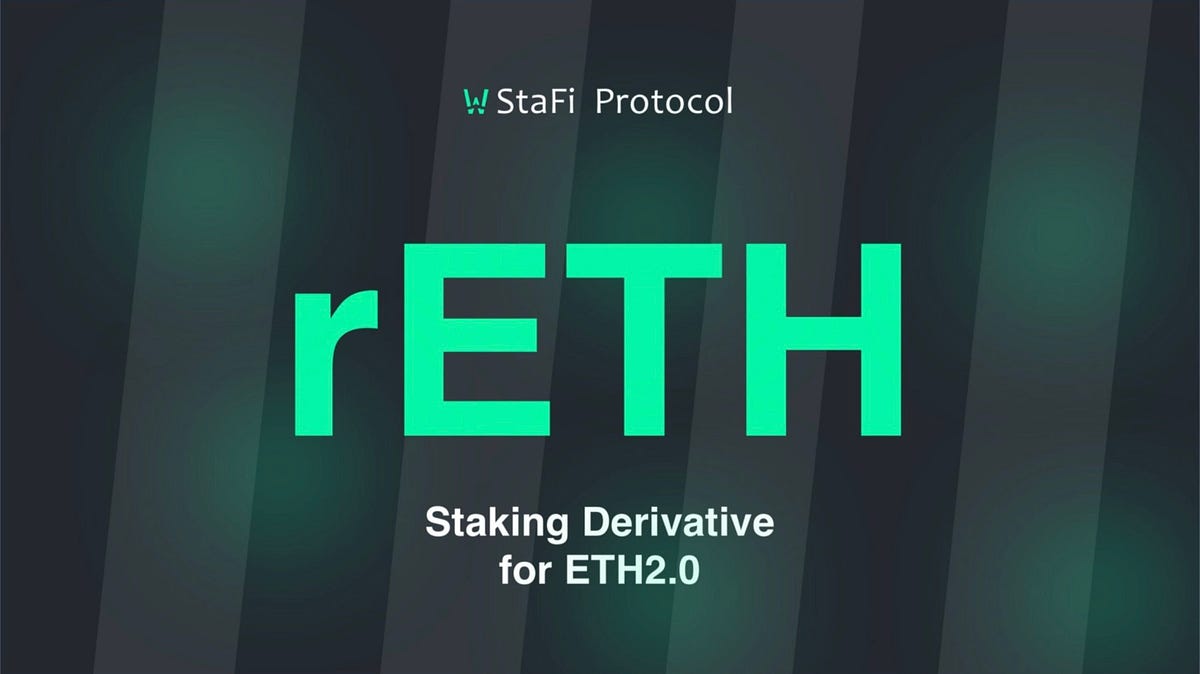When solving a significant computing power for verification and authentication, the Proof of Stake (PoS) consensus model has an advantage over the Proof of Work (PoW) model. Fundamentally, PoS emphasizes stake weightage rather than computing power.
The PoS model not only comes to aid by saving on energy consumption but also reduces the effects of economies of scale, making the network even more decentralized.

The PoS system essentially ties all staked tokens in a locking period to protect them from attacks by substantial token stakeholders. As a result of the locking period, the system’s value growth is capped at zero token liquidity. Thus, while staked assets do have a withdrawal option, it is a lengthy procedure, and the staked assets themselves cannot be traded.
This is where the StaFi protocol comes in, as it is the first DeFi protocol to allow staked assets to be liquidated.
What Is the StaFi Protocol?
Consider the following scenario: someone invests in a startup. A lock period of at least two years is required for the startup to grow and stabilize, during which the investment cannot be traded or withdrawn. In this scenario, the person who has invested in this startup has lost liquidity for two years.
Liquidity is one of the core concepts that the blockchain and cryptocurrency industry revolutionizes. The fact that holders cannot avoid the possibility of value swings during the locking period further explains the conflict between mainnet security and token liquidity.

StaFi, which stands for Staking Finance, promises to solve the PoS model’s mainnet security and token liquidity contradiction. In simple words, token holders who stake using the StaFi protocol’s staking contracts receive bonded assets corresponding to their invested value. RTokens represent these. These alternate tokens are tradable, have no lock period, and allow holders to earn staking rewards from the original chain at the same time.
In essence, the investment by the traders becomes liquid as well.
How Does It Work?
The StaFi protocol consists of three layers – bottom, contract, and application layers. The contract layer facilitates the commencement of staking contracts, while the bottom layer manages the blockchain system, which is designed to integrate several developments, consensus, and staking modules.
On the other hand, the application layer makes it easier to set up a decentralized bonded assets trading market that can be used to trade on the StaFi protocol.
Users who stake PoS tokens via the StaFi protocol will be eligible to obtain an equal amount of rToken, which stands for reward token. Thus, if a user stakes ETH, for example, he will receive an rETH token, which may be used to receive staking incentives and access the provided liquidity.

Polkadot serves as unparalleled value addition. It ensures mainnet security and performance while also sharing the underlying consensus with StaFi because the protocol is connected as a parallel chain.
Furthermore, holders of rTokens can redeem their stake from the contract at any moment without the involvement of a third party. The staked coins are sent to the submitted coin account after the redeeming transaction is submitted to the protocol’s original chain.
The StaFi protocol ensures that each rToken matches the token on the original chain to provide an efficient and seamless representation.
How to Stake With StaFi Protocol?
Every time someone stakes tokens through the relevant staking contracts, they will be entitled to an equivalent amount of rTokens based on the current exchange rate. These rToken will give the users the right to participate in on-chain governance and allow them to redeem their staking rewards at any time.

Technically speaking, there are two ways to obtain rTokens:
- rTokens will be minted to the appropriate wallet address once users stake native tokens through the StaFi protocols. For example, to participate in ETH staking, stakers would need to stake as little as 0.1 ETH via the protocol’s staking contracts.
- One can also obtain rTokens through Uniswap and other decentralized exchanges that support rTokens by trading the native tokens for rTokens.
To manage rToken assets, rToken holders are facilitated with an rAsset app that will further facilitate the “Swap” function and provide information about the value of rTokens in the wallet.
StaFi as an Investment
While the rToken serves as the protocol’s medium of liquidity, the FIS (native token) is in charge of the protocol’s value capture and consensus incentives. It is worth $1.65 at the time of publishing this piece./
The future vision and aims of an investment can be used to determine its potential. In terms of StaFi, rToken is on its journey to becoming an unrivalled underlying asset in the DeFi space. DeFi enthusiasts estimate that the market value of staked assets will surpass the $100 billion mark in the future years.
As more assets are locked during the staking period, liquidity will decrease, and StaFi will be critical in issuing cross-chain alternative products of Stake assets. As a result, StaFi is identified as a significant component of the DeFi infrastructure.
However, investments should be made only after one’s own thorough research and understanding of the risks.









